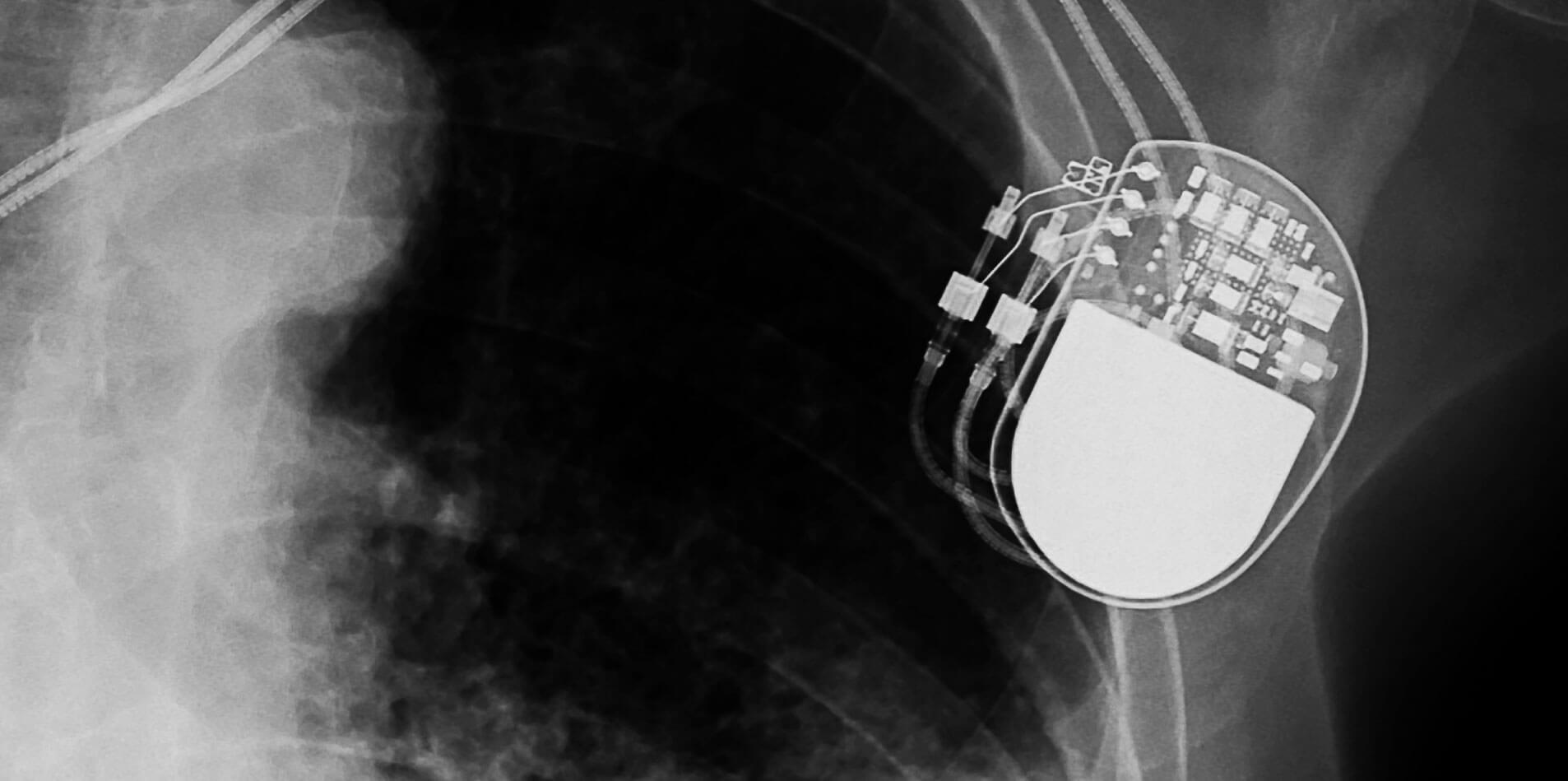Last Updated: October 8, 2024, 7 pm UTC
Under the EU Medical Device Regulation (MDR), manufacturers are required to plan, conduct, and document a clinical evaluation in accordance with Article 61, part A of Annex XI. This evaluation must be based on clinical data providing sufficient clinical evidence to demonstrate:
- Confirmation of conformity with relevant general safety and performance requirements (GSPRs) under normal conditions of the intended use of the device.
- Evaluation of the undesirable side effects and the acceptability of the benefits and risks of use.
Despite being among the highest risk, certain implantable and Class III devices may be exempted from mandatory clinical investigations. In this article, we explore circumstances where clinical evaluation may not be required and discuss how to claim equivalence where necessary to qualify for exemption.
4 Scenarios Where Implantable and Class III Devices May Be Exempt
| 1 | The device under evaluation is lawfully placed on the market or put into service under Directives 90/385 or 93/42/EEC. | In both of these cases, there is a relevant product-specific “common specification” (CS) for the CE mark for the type of device. Clinical evaluation should align with the CS and clinical data is sufficient to demonstrate compliance with GSPRs. |
| 2 | The device under evaluation is listed on the “Well-Established Technology” list in Article 61(6)(b) of the MDR. | |
| 3 | The device under evaluation is a design modification of a device already marketed by the same manufacturer. | In these two scenarios, equivalence must be demonstrated in accordance with MDR Annex XIV, Section 3 and be endorsed by a notified body. Clinical data is sufficient for demonstrating GSPR compliance. Of note, while a clinical investigation is not mandatory, a post-market clinical follow-up (PMCF) study will be needed to identify the potential for residual risks and to collect data on long-term clinical performance. |
| 4 | The manufacturer has full access to the technical documentation of an equivalent device through a contract with another manufacturer. |
For legacy implantable and Class III devices that can demonstrate sufficient clinical data, Article 61(6) may allow exemption from clinical investigations, if justification is provided in both the clinical evaluation report by the manufacturer and the clinical evaluation assessment report by the notified body.
Claiming Equivalence
To claim equivalence, the MDR requires that technical, biological, and clinical characteristics of the devices being compared must be assessed. For the clinical characteristics, the device under evaluation must have the same kind of user as the equivalent device.
Manufacturers must fully identify and disclose any differences between the two devices. This assessment may be supported by clinical data from scientific literature, common specifications, harmonized standards, or other technical specifications. If the manufacturer is not able to demonstrate sufficient levels of access to data related to the presumed equivalent device and required for consideration of equivalence, then an equivalence claim cannot be made for the purpose of conformity assessment.
In addition to the requirements of Article 61(4), manufacturers of implantable and class III devices claiming equivalence to a device already marketed by another manufacturer must have a contract in place allowing them full access to the technical documentation of that equivalent device on an ongoing basis. EU MDR also requires that the original clinical evaluation of the equivalent device was performed in compliance with the requirements of MDR.
Importantly, the clinical evaluation and supporting documentation used to claim equivalence must be updated throughout the lifecycle of the device with clinical data obtained from the PMCF study and the post-market surveillance plan. In addition, a PMCF evaluation report and, if indicated, a summary of safety and clinical performance data should be updated annually. Finally, the clinical evaluation, its results, and any clinical evidence derived from it shall be documented in a clinical evaluation report as per Section 4 of Annex XIV. This clinical evaluation report shall be part of the technical documentation referred to in Annex II, except for custom-made devices.
Key Takeaway
The requirements—and exemptions—for clinical investigations under the EU MDR are nuanced. In December 2023, the Medical Device Coordination Group (MDCG) published a guidance document clarifying the scenarios where implantable and Class III devices may be exempt from clinical investigations. However, for many manufacturers of these high risk devices, clinical investigations may still be required.
To learn more about operationalizing medical device clinical investigations, click here.

 Perspectives Blog
Perspectives Blog 


